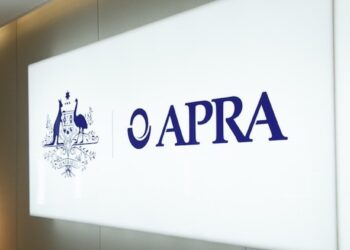The Australian Prudential Regulation Authority (APRA) has cautioned people against using its data to draw conclusions about the relative size of fees exacted by superannuation funds.
In an answer to a question on notice from Tasmanian Liberal Party Senator, David Bushby the regulator made clear it would be some time before its data could be counted as a reliable reference point.
“APRA recommends that users of the statistics exercise caution in making assessments or drawing conclusions based on the relative size of fees paid in the reference period,” it said.
“Fees paid may fluctuate in the short-term and it will be some time until a sufficient and reliable time series is available.”
APRA pointed out that fees might also vary due to other factors such as varying service levels offered, and total fees paid were also not necessarily representative of individual member experience.
“Information on fees reported by Registrable Superannuation Entity (RSE) licensees to APRA may also reflect inconsistencies in reporting,” it said.
The answer also said that APRA had noted that individual funds may publish investment performance using a different methodology than that used for the purpose of APRA publications (usually available on a fund’s website).
“These investment performance calculations may provide different figures, and may also be difficult to compare. For example, some funds may publish their returns after administration fees are deducted, whereas others may publish their returns before administration fees are deducted.”




